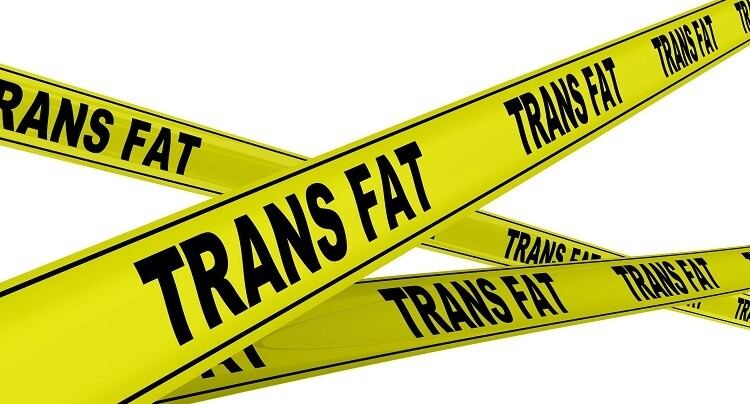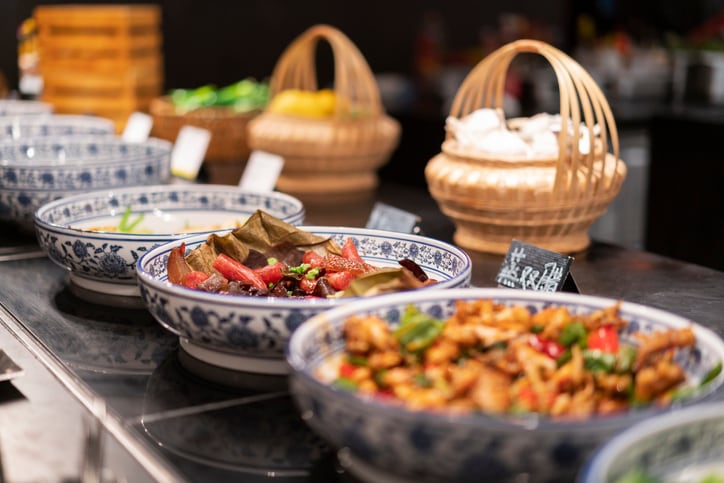The research team analysed results from 14,759 subjects (7,007 men and 7,752 women) from nine China Health and Nutrition Survey (CHNS) from 1991 to 2015.
“Our results suggest a beneficial association between intakes of animal, plant, and total proteins and hypertension risk at lower intake levels. Excessive intake of plant or total protein may increase the hypertension risk in the Chinese population.
“Hence, maintaining a balanced diet, i.e. containing adequate amounts and proportions of animal and plant protein, may be more beneficial to health and is essential for reducing chronic disease risk,” said the researchers.
The subjects’ dietary intakes were then collected via three consecutive 24-hour recalls and household food inventory surveys.
The intake of total energy (TE) and nutrients were estimated using the Chinese Food Composition Tables. Animal protein was defined as meat, fish, eggs, and dairy products, whereas plant protein included protein from cereals, tubers, vegetables, fruits, soy, legumes and nuts.
The intake of each nutrient was adjusted according to the TE intake of men (2,451 kcal per day) and women (2,090 kcal per day).
Health workers also recorded their blood pressure three times at intervals of 30 seconds. Researchers then calculated the average of the three readings. Since 1997, a questionnaire-based interview was also executed on subjects on their history of HT.
Findings
After 143,035 person-years of follow-up, a total of 2,586 and 2,376 male and female new HT cases were identified.
The first diagnosis for men averaged at age 50 and women at 54.
On average, animal protein accounted for 26.7% of the total protein intake in all participants.
With further analysis, higher animal protein intake was associated with lower hypertension risk in women, whereas it was non-significant in men.
A possible assumption is that some amino acids produced via protein digestion benefit BP control. As an amino acid rich in animal and plant foods, arginine may dilate the blood vessels by producing nitric oxide and act as an antioxidant by regulating redox-sensitive proteins, thereby having an antihypertensive effect.
Both animal and plant proteins have a favourable effect on HT among the lower-intake ranges, but not in higher intakes. Increased plant- and total-protein intakes tended to increase the risk of HT.
It was proposed that a high protein load may exert harmful effects by releasing free radicals, cytokines, or other vasoactive factors in the kidney, blood vessels, brain, or other organs, thereby increasing the subjects’ BP.
Calcium also plays an important role in BP regulation; hence, an increased protein intake has been found to induce the kidneys to excrete calcium, thus indirectly increasing BP.
“We showed excessively low and high protein intakes are related to an increased HT risk. Therefore, the generally accepted high-protein diet for weight loss should be carefully considered, supported by findings that long-term consumption of high-protein diets, irrespective of the protein source, in those with normal renal function may cause renal injury.
“Population-specific dietary or nutritional characteristics should be considered for future planning of targeted and practical dietary suggestions,” said the researchers.
Source: Nutrients
DOI: 10.3390/nu14061276
“Association between Protein Intake and the Risk of Hypertension among Chinese Men and Women: A Longitudinal Study”
Authors: Jingjing He et al




